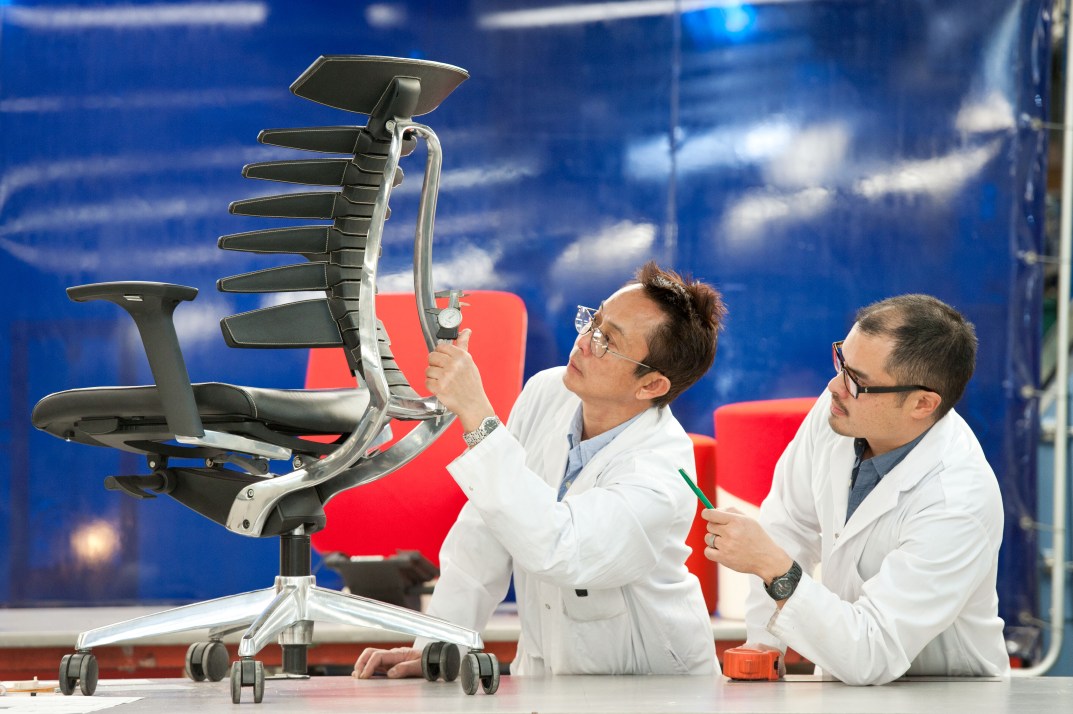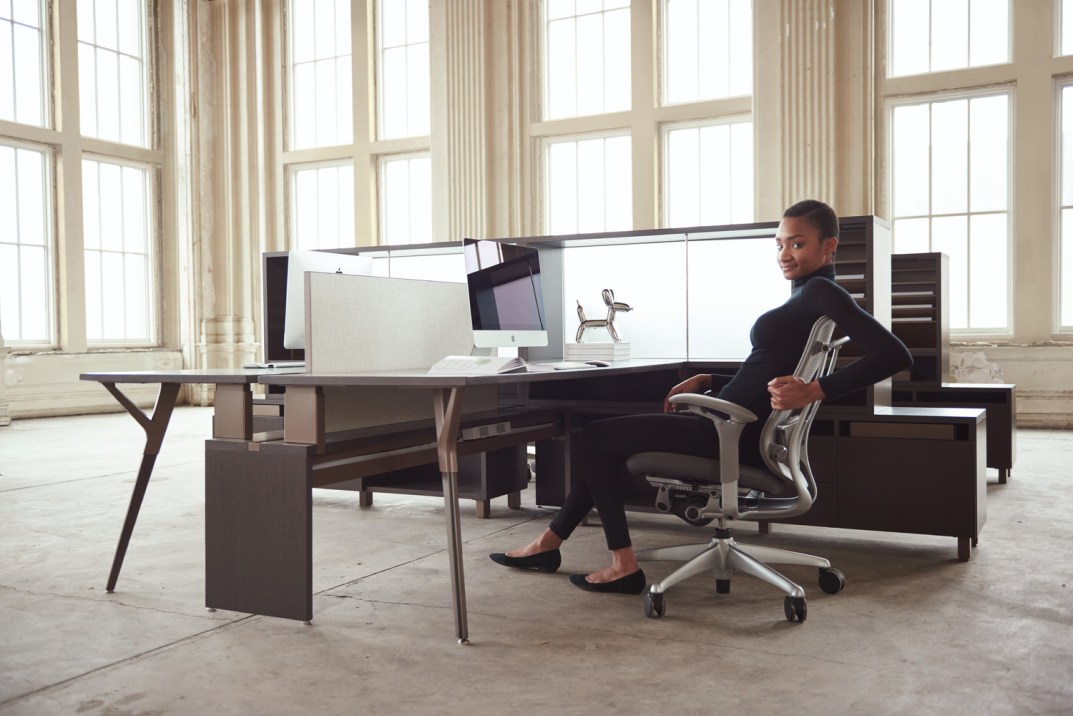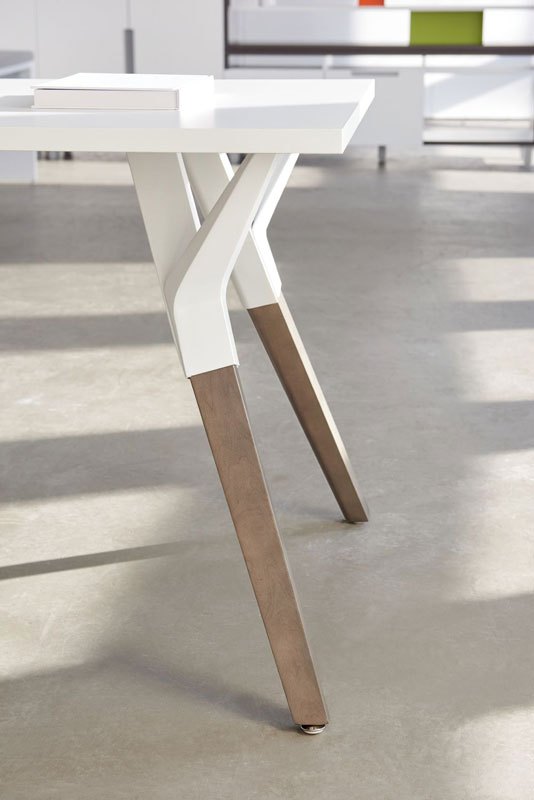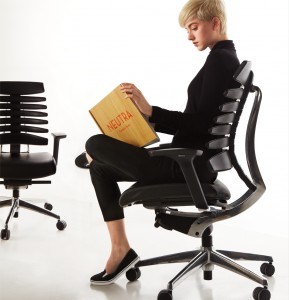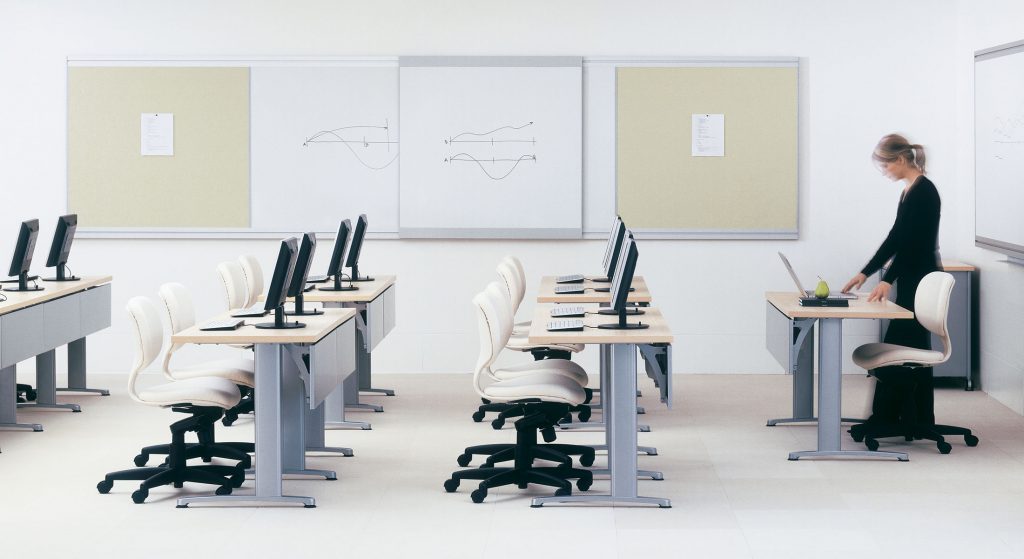Details
Why Commercial Spaces need Commercial Grade Furniture
13 Aug 2016The words ‘Commercial Grade’ represent the line that divide our products from the rest of the commoditized items you find in your local retail or discount furniture store. If you’ve started the process of contacting furniture suppliers or dealers, you’ll most likely encountered a sales or marketing executive that throws in the word ‘commercial’ or ‘contract’ grade. While it feels like they’re using it to springboard themselves or the higher to a level of quality and standard, just to get you to pay more, you couldn’t be more wrong. ‘Commercial Grade’ is by no means just any other buzzword.
What is Commercial Grade Furniture ?
Simply put, it’s furniture that’s manufactured at a higher level of standard than products made for residential or personal use. Even a seemingly innocent task chair has had to move through several stages of research, development, testing and finally production,to be fit for sale. It’s products built to withstand heavy and repetitive use. Some examples include Offices, Hotels, Call Centers, Libraries etc.
Any medium to large office space is guaranteed to have employees and guests of different physiques using the furniture. In addition, you’ve got workers sitting on chairs and table for extended periods of time. Sometimes 4 to 6 hours in a 9 hour workday. This begs the need for furniture that’s built to accommodate varying sizes and weights. The last thing you want is a chair breaking because someone too heavy sat on it. Ergonomics is also a critical design element ; a worker taking a sick day due an MSD hurts overall productivity and output.
Key Elements of Commercial Grade Furniture
1. Strength, Durability & Stability
Furniture can only be labeled as fit for commercial use if it’s passed strict and rigorous testing standards set by independent, third party entities. Some of these include BIFMA, ASTM, ANSI UL etc. One of these even include “ Chairs being restrained while 150 pounds of force is added to the back of the chair for one minute. The chair passes if it shows no signs of damage. “
Office owners and facility managers alike can rest knowing the products being used are built to last for at least 4 to 5 years. People of varying shapes and sizes are bound to use the products, and there’s also no guarantee that every product will be well taken care by it’s user.
2. Materials
Something we often take for granted is how carefully each material and component is selected in the manufacturing process. For instance, the average commercial bar stool is built using 16-18 gauge steel, in contrast to bars stools built for residential use using 20-22 gauge steel frames. As a point of reference, the lower the gauge numbers the sturdier the product. The wood being used to make sofa frames isn’t just any wood from any tree. In 99% of cases Beech wood. It’s stronger, easily machinable and sustainable.
Think the fabrics on your seat pad and sofa have been picked purely on aesthetic value ? Think again. We’ve covered this topic in a previous blog post. Several factors are considered, including but not limited to Abrasion, Color Fastness and Flammability.
More on this here - Why Beechwood is used to manufacture commercial furniture
3. Ergonomics
The prize for the most popular buzzword in the industry would have to go to ergonomics. No furniture manufacturer would be even worth considering if ergonomic design wasn’t taken into consideration during the product development stage. While aesthetics and functionality are important, ergonomics play a critical role in employee health and productivity. Top brands know this too well, and are constantly pushing the ergonomic angle to consumers.
4. Matching Finishes and Models
Investing in commercial grade furniture means investing in products that last long, so you don’t have to waste time, money and energy is having to procure new furniture every year or so. But new requirements tend to come up. Situations like this is exactly where relationships with your dealer or manufacturer prove most useful. Your previous order will be on record, and placing a new order for the same product, in the same finish spec, is just an email or phone call away.
Matching the same finish is a basic task due to the fact that manufacturers maintain the same collection across, irrespective of location. Quite opposite to a retail setting, where you won’t find the same product in a different store.
5. Warranties
One of the core value propositions of any commercial furniture manufacturer is the warranty they offer to protect its clients and consumers. While you can’t be guaranteed to be protected against, you’re covered against most defects and issues that may crop up. Warranty periods can be anything from 5 years to even a lifetime warranty depending on the product.

